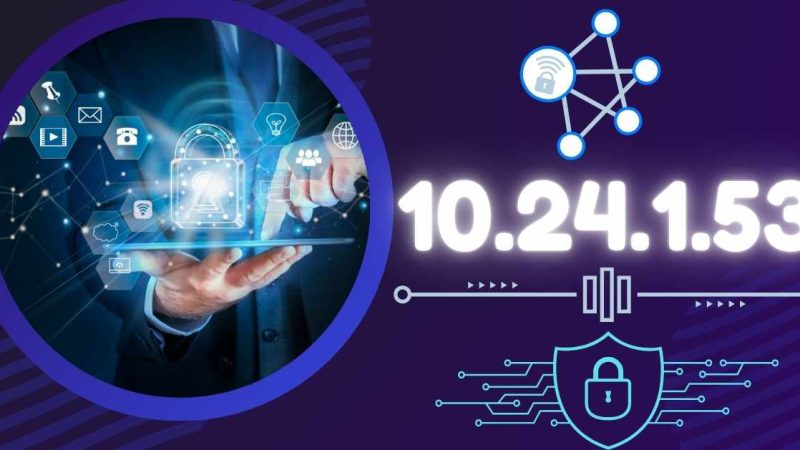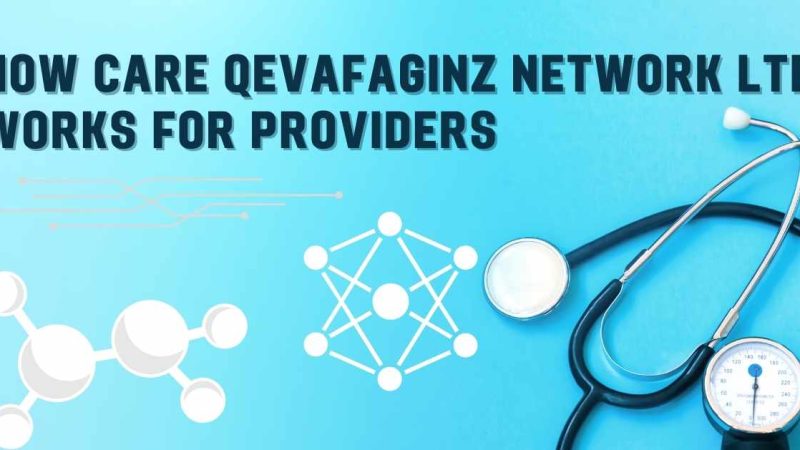The Role of Technical Documentation Sites and Services

It’s hard to imagine a time when access to information was limited to books and classrooms. But that’s how we shared knowledge for centuries. While it got the job done, there remained plenty of room for improvement.
Fast forward to the modern digital age. Thanks to near-universal internet access and the affordability of personal computers (including smartphones), virtually every shred of human knowledge can now be found by swiping and typing.
Increased accessibility of information is profound, but it’s created a new problem: finding the specific information you need for a specific purpose. You can do a Google search, but the results are increasingly tainted thanks to SEO and other online marketing techniques.
There’s also the matter of knowledge being scattered across the web. For every useful piece of information you find, you’ll probably encounter a dozen or more instances where the author – well-intentioned or not – sounds authoritative but lacks the experience and expertise to provide the one thing you’re after: the truth.
Enter technical documentation. Ranging from Wiki pages designed for the masses to esoteric manuals meant for a specific industry, technical documentation provides users with a reliable and user-friendly way to access relevant information. The best documentation websites have one thing in common: streamlined navigability from one expertly-explained topic to another. We’ve all had the experience of going down Wikipedia rabbit holes, starting with one page and clicking links to others until we forget what we originally set out to uncover.
Let’s take a look at five ways technical documentation sites and services help individuals find and retain the knowledge they need to accomplish their objectives:
Learning
Perhaps you want to become a model train enthusiast or understand the basics of filmmaking? Generally speaking, technical documentation assists anyone trying to learn something new. The sky’s the limit. Check that – there is no limit – because even astronomical science knowledge is made openly available through the use of technical documentation.
Onboarding
Any time you start a new job, you need to be introduced to specific knowledge and information relevant to your position. Referred to as onboarding, the process was once equivalent to taking a crash course on esoteric subject matter. You learned as much as you could but went on to “fake it until you make it.” Thanks to technical documentation sites and services, new employees can take as much time as needed to study and understand the new material.
Training
Training is similar to onboarding but generally refers to learning new skills rather than new information. Technical documentation sites and services provide trainees with the materials they need to have a detailed comprehension of what they must do before they start practicing, as well as resources to consult once training begins. This enables trainees to practice at home, after hours, in ways that were impossible as recently as a decade ago.
Troubleshooting
Few things are as frustrating as encountering a problem you cannot solve. The one exception would be when you don’t even know what the problem is in the first place. The process of teasing out a solution through trial and error – commonly referred to as troubleshooting – is enhanced with access to guides, manuals, and other information available online. While question-and-answer message boards proved effective in the early days of the internet, modern-day troubleshooting increasingly relies on access to reliable technical documents online.
Roadmapping
Every organization has an objective. How they fulfill that objective involves the use of various resources. Which ones they choose – and how they choose to use them – will prove critical in deciding whether or not they reach success. Technical documents help leaders and project managers to scrutinize various techniques and technologies to determine the best ways to use them.
Thanks to digital technology, information is virtually endless in terms of access. But that doesn’t mean it’s easy to uncover, especially in situations where you aren’t even sure what you’re trying to find. That’s where technical documentation sites and services come into play. They provide centralized and organized sources of knowledge for those eager to learn. It’s safe to say the utilization of digital technical documents will increase as we move further into the 21st century.
What a time to be alive!
Julie Steinbeck is a freelance writer from Florida. She enjoys covering topics related to business, finance, and travel.






